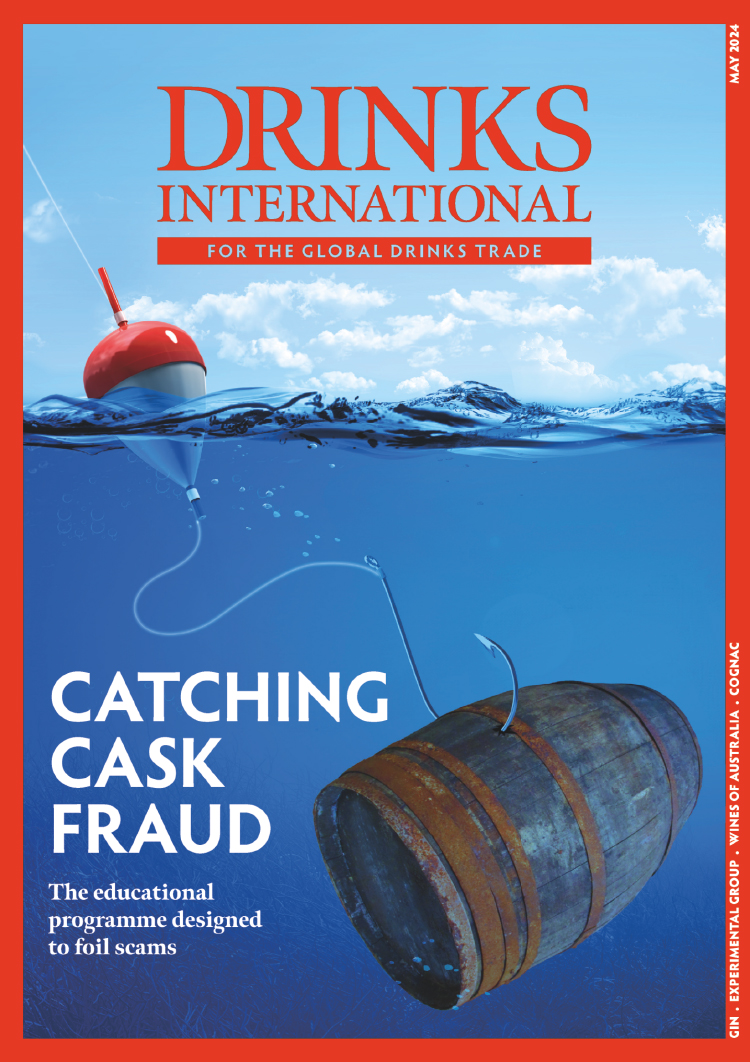Perhaps one of the reasons there’s lots of excitement about Marlborough Pinot is that it doesn’t compete for top sites with the region’s star turn, Sauvignon Blanc. “Marlborough is pretty lucky in the respect that where SB is grown well is typically not so good for Pinot Noir, and vice versa,” says Natalie Christensen, senior winemaker at Yealands. “One of the most exceptional areas for growing the high thiol style of Sauvignon Blanc is on the deep fertile silts of the lower Wairau. But Pinot Noir grown in this area tends to lack concentration and finesse. Sauvignon seems to produce the best flavours when it’s not put under any stress, whereas good quality Pinot tends to come from sites where the vine has to battle a bit for survival.”
She continues: “In my opinion the best sites for Pinot in Marlborough are the Southern Valleys and also the Awatere Valley. Sites that are clay dominant with low vigour tend to produce the best Pinot.
“Another very interesting site for Pinot Noir is the Ure Valley (40km south of Blenheim, just as you hit the Kaikoura coastline). It has a high limestone content in the soils, which makes for an interesting acid structure and beautifully textured wines.’
Kevin Judd, now of Greywacke but formerly with Cloudy Bay, has a good historical perspective on Pinot Noir in the region. “When we first started working with Pinot Noir at Cloudy Bay it was for sparkling wine production, and that was the case in the early days for most Pinot grown in Marlborough.” This Pinot was planted mainly with sparkling wine in mind, with high-producing Swiss clones such as Bactobel, Mariafeld and AM10/5. “The first red wines we made were from AM 10/5 as, at the time, it was the best we had in the ground. We thought originally that the stony, free-draining, early-ripening alluvial soils of Rapaura would produce good results, so new plantings were made in this sub-region.
“It turned out that those soils were not so ideal for red wine production after all, so all those vineyards ended up becoming sparkling wine source blocks. By this time it had become evident that the Dijon clones were a better bet for NZ. Subsequently we started planting these clones and, at the same time, started working with the more clay-based gravels of the Southern Valleys, originally the valley floor and subsequently the hillsides.
“As time went on the wines improved as our experience grew in both viticulture and winemaking and as the vines grew out of their youthful stage.”
GAINING MOMENTUM
Now, Marlborough Pinot has some traction. “Over the past few years it has been gaining momentum and people have begun to recognise this,” says Christensen. “Now that producers have more vine age and wines are consistently obtaining top accolades in shows, Marlborough has been proving that it is definitely not a one-trick pony.” She also thinks one of the strengths of Marlborough Pinot is its reliability.
“As quality started to build and the fame of Kiwi Pinot spread through the markets, Marlborough winemakers started exploring other sub-regions,” says Judd. “The plantings have extended into all sorts of sub-regions in both the Wairau and Awatere Valley systems. So the right clones were in the right place at last and the winemakers of Marlborough developed a keen interest in taking quality to another level. Now that we are moving into working with vines with some respectable age I believe the best wines in Marlborough are as good as anywhere else in New Zealand.”




